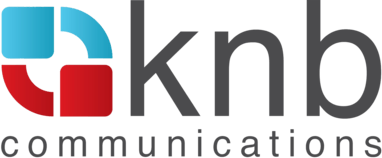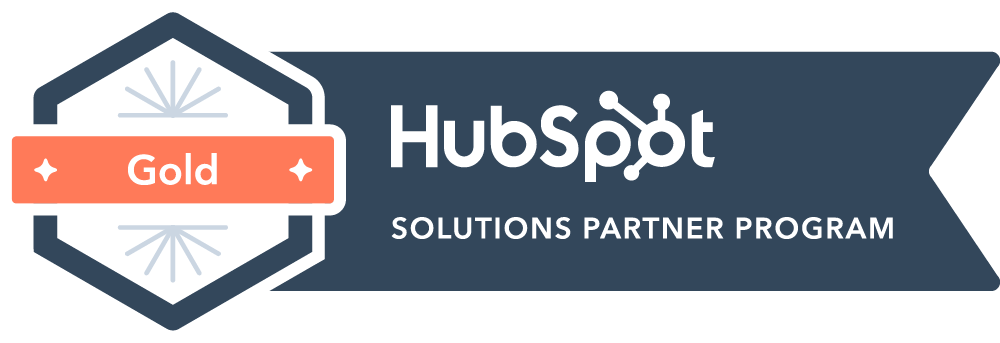Key Messaging Strategy: An Important Tool in Your Communications Toolkit
Table of contents
The digital age has significantly broadened our ability to reach out to a diverse audience, and forever changed the way people and companies communicate. Yet while more than 2 billion people have access to the Internet, only a select number of them will be interested in and need the products or services your company provides. So – how can you cut through the masses to effectively reach a target audience that ultimately leads to sales?

Develop a key messaging strategy.
Strategic messaging is particularly key for B2B technology companies such as those in healthcare IT, where having strong, consistent messaging is the foundation for everything they do.
As you develop your messaging strategy, it will be important to answer questions such as:
- How will it impact development of an overall communications plan?
- Will it support your company in developing new opportunities?
- Does it work across functions (communications, marketing, sales, investor relations, etc.)?
- Does it clearly communicate the uniqueness of your company/offerings and separate you from the competition?
Start with a positioning statement, then prove it
Your positioning statement should address the most pressing problem your target audience has by stating a benefit to them from using your product/service/solution. Be clear as to why they should care about it.
The positioning statement also must be the central theme for all marketing activities, not just public relations, and an integral part of an integrated communications program that includes website content, sales presentations, product brochures, ads, and investor presentations, among others. It must be believable, unique to your brand and have importance to your target market. And, it should not be littered with industry jargon.
Supporting each positioning statement (there should be three), should be supporting claims or “proof points” that help in telling the story you want to tell. Claims provide more detail to your positioning statement, showing why what you are saying is important. While your positioning statement articulates a high-level benefit, your claims help demonstrate or prove how your brand delivers on its benefits.
Each supporting statement should provide as much detail as possible to make your positioning statement credible.
Say It Again and Again
The benefits of a product or solution should be easily identifiable if a brand’s communications are consistent throughout all its marketing communications channels. Brands that communicate different sets of messages through different channels will only end up confusing people and missing out on the sales end. Communication works best when each channel is saying the same thing – and saying it often.
Messaging should not be changed frequently. Once you’ve developed your strategy and messaging, stick with it, at least for a year. Repetition also is important to owning your position. Remember that you’ll likely tire of your messaging strategy long before your target audience even hears or notices what you are saying. So say it, repeat it, and say it again!
Search







-3.png?width=352&name=KNB%20blog%20images%20(3)-3.png)
